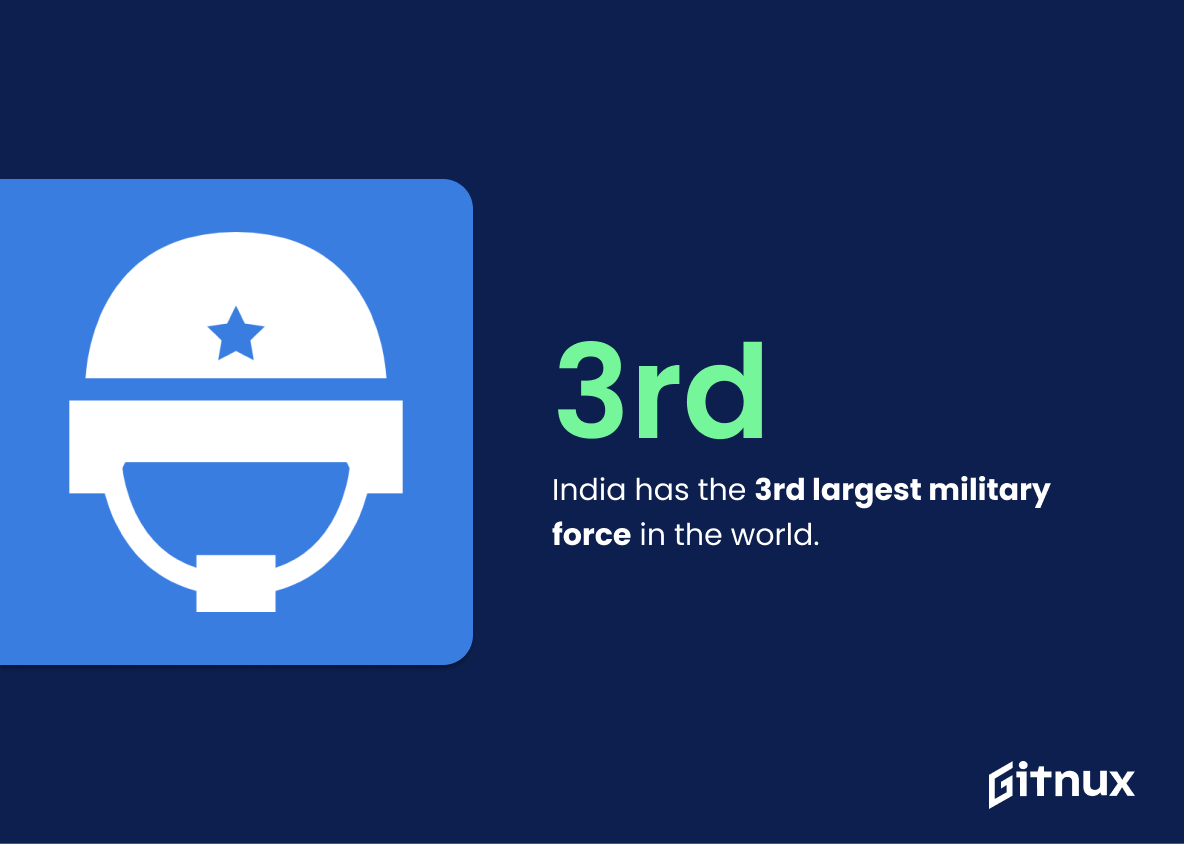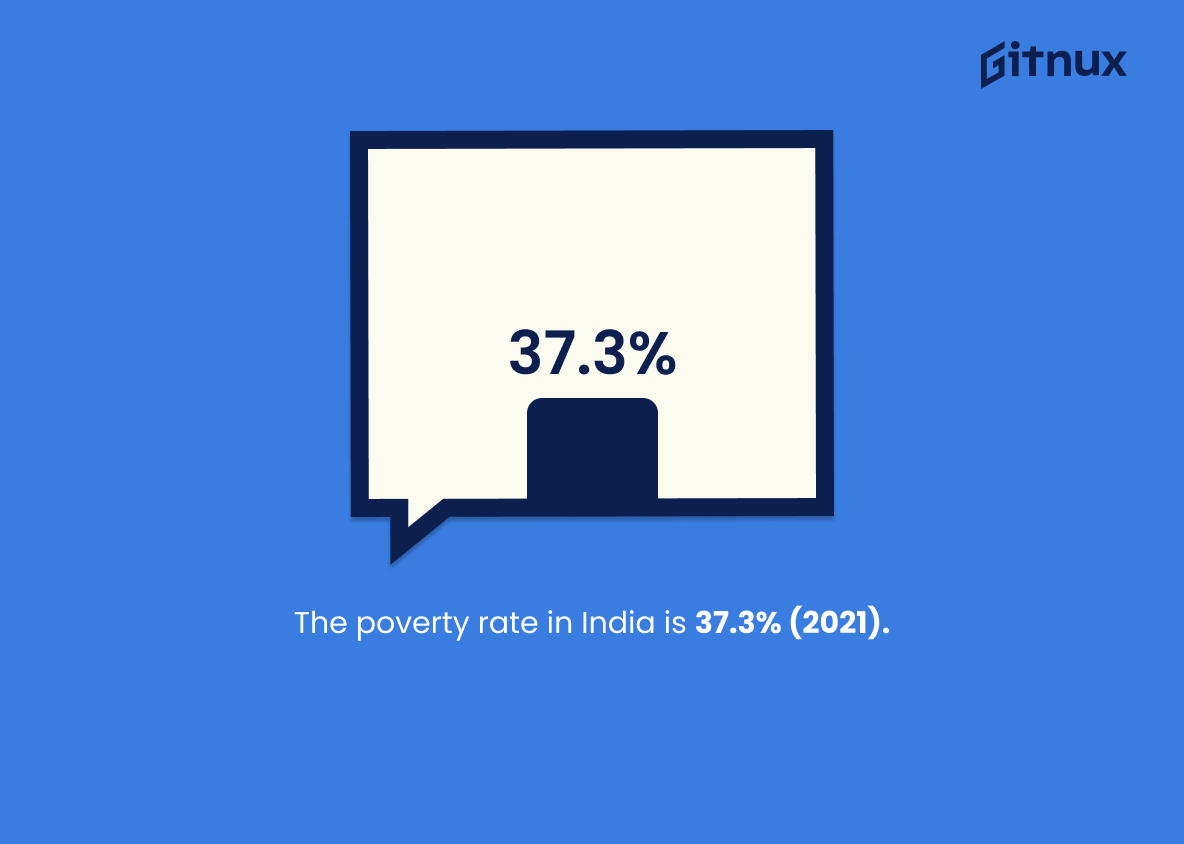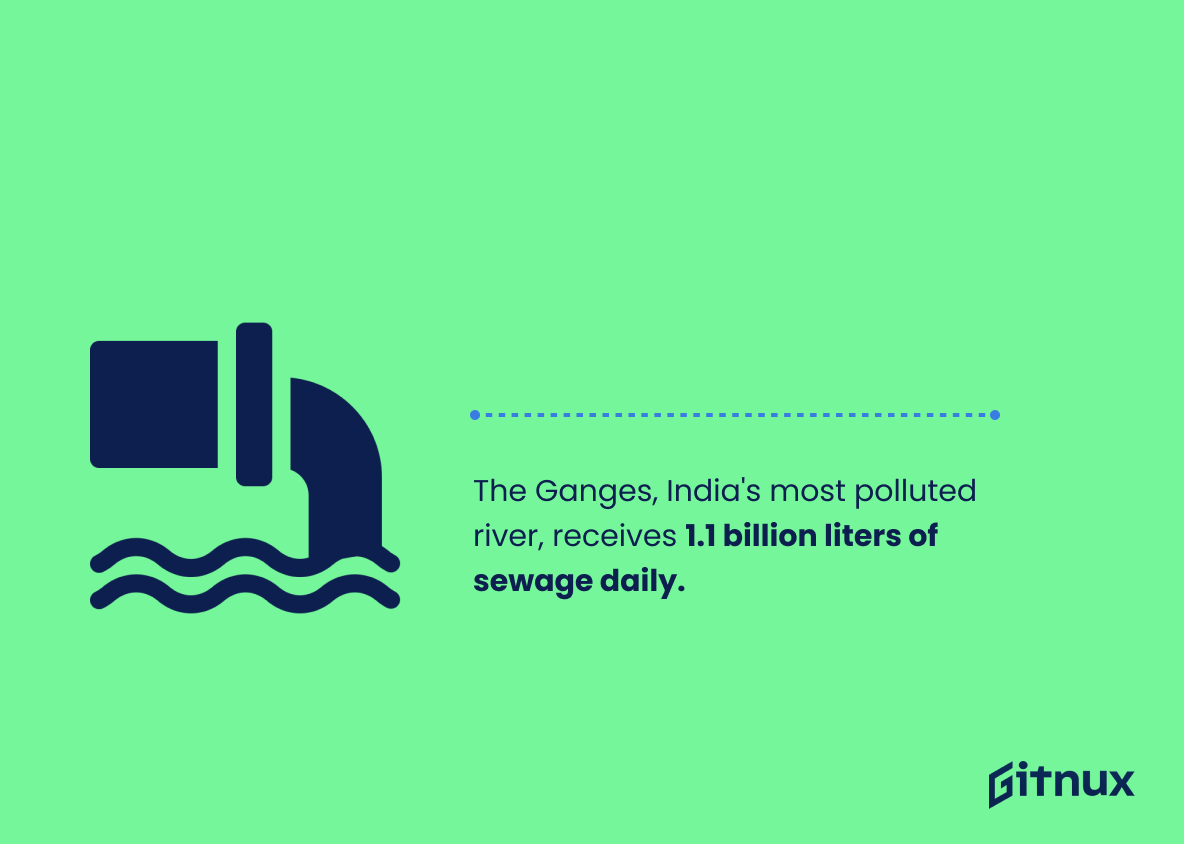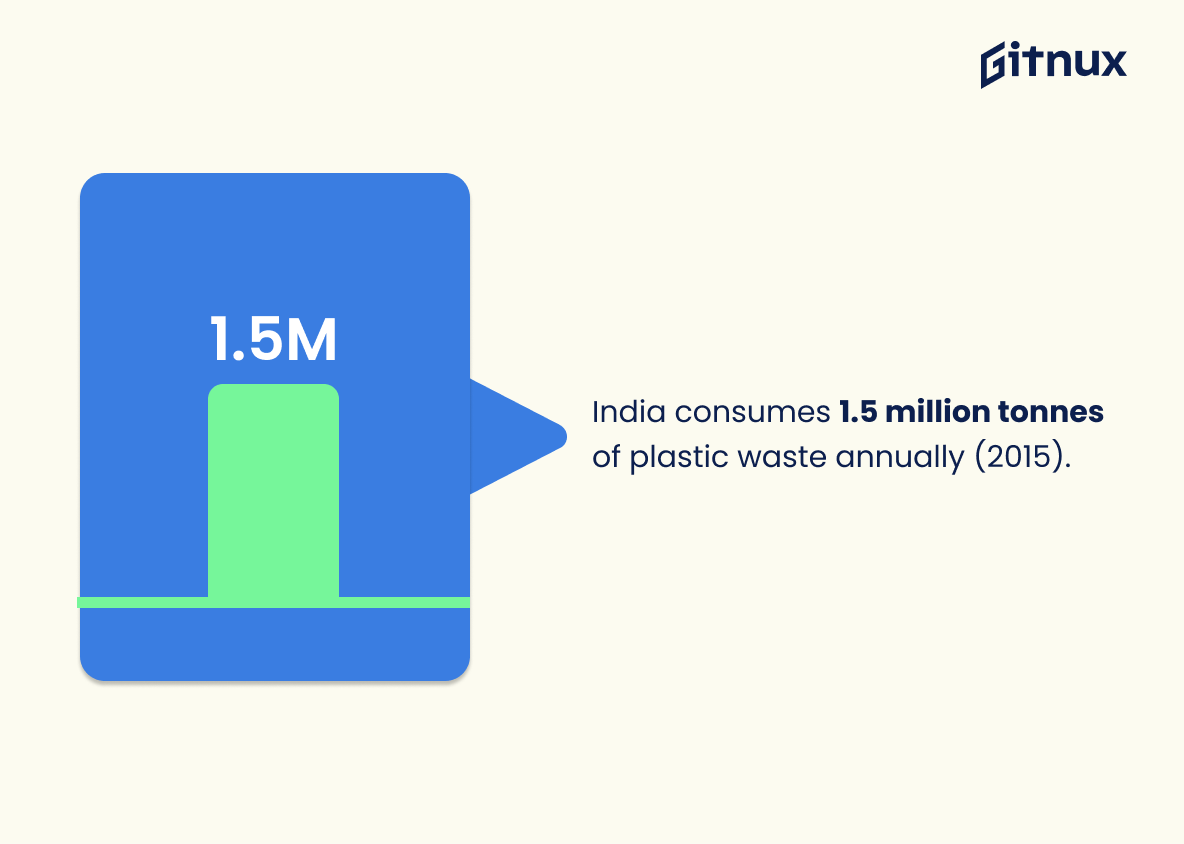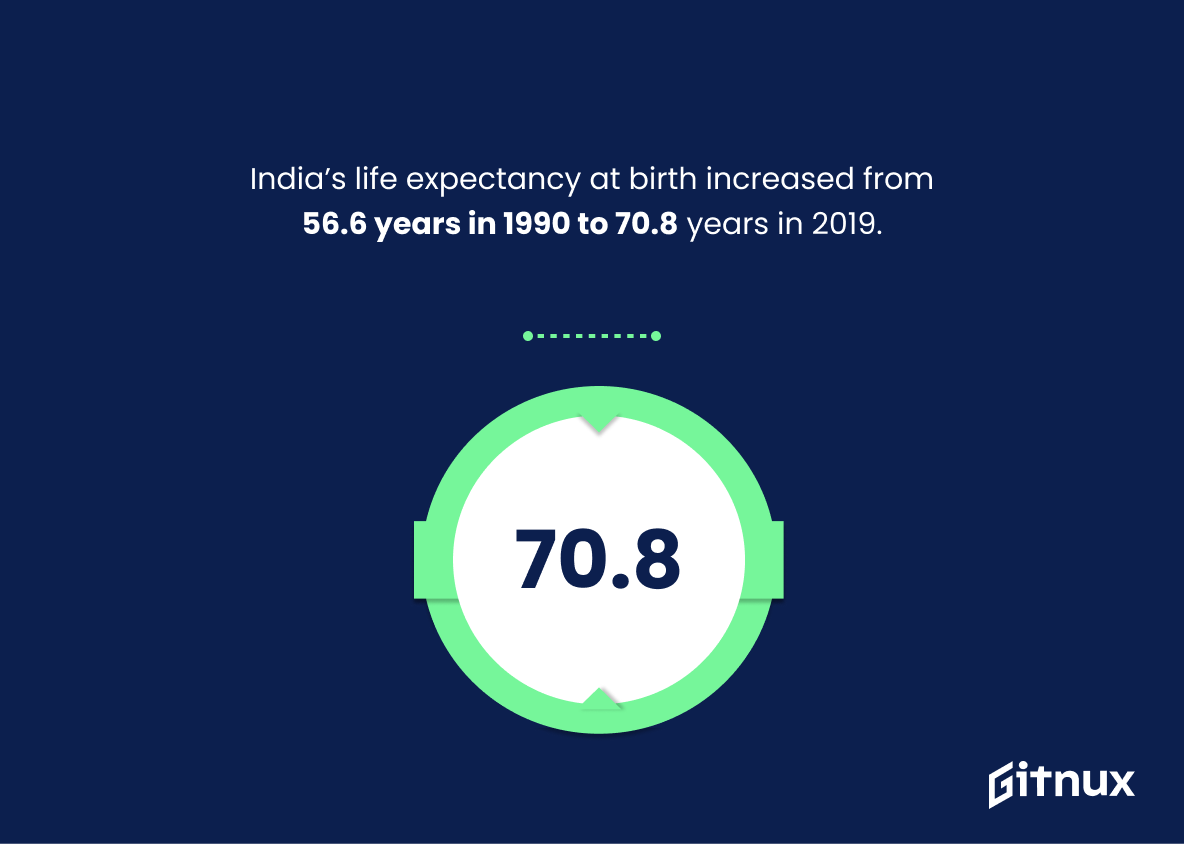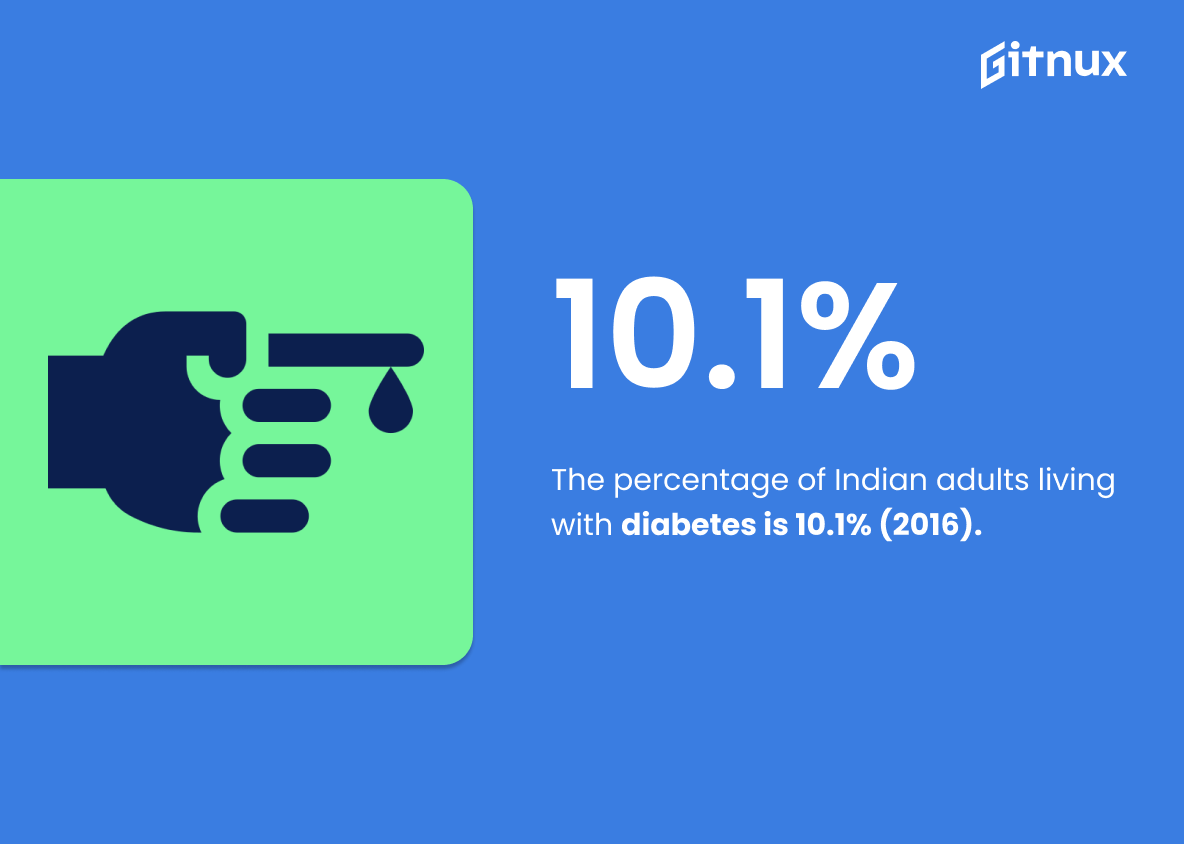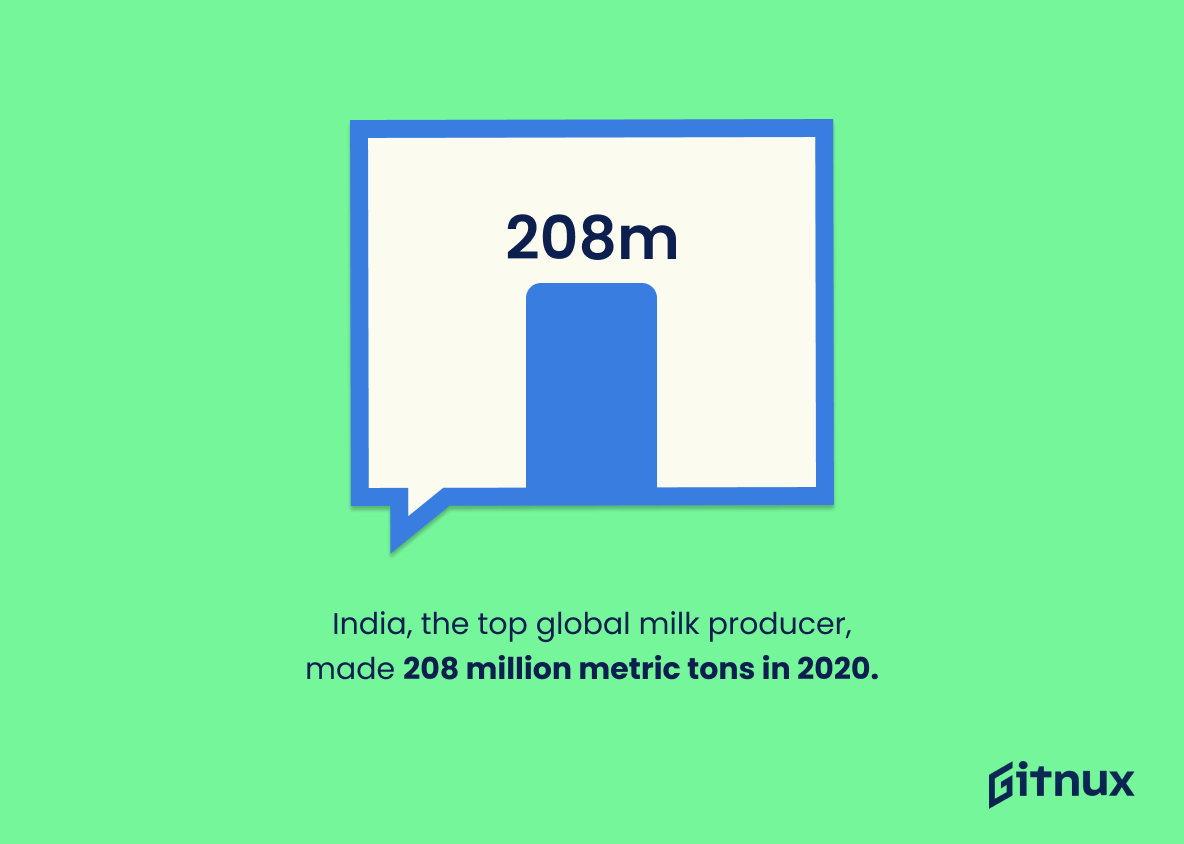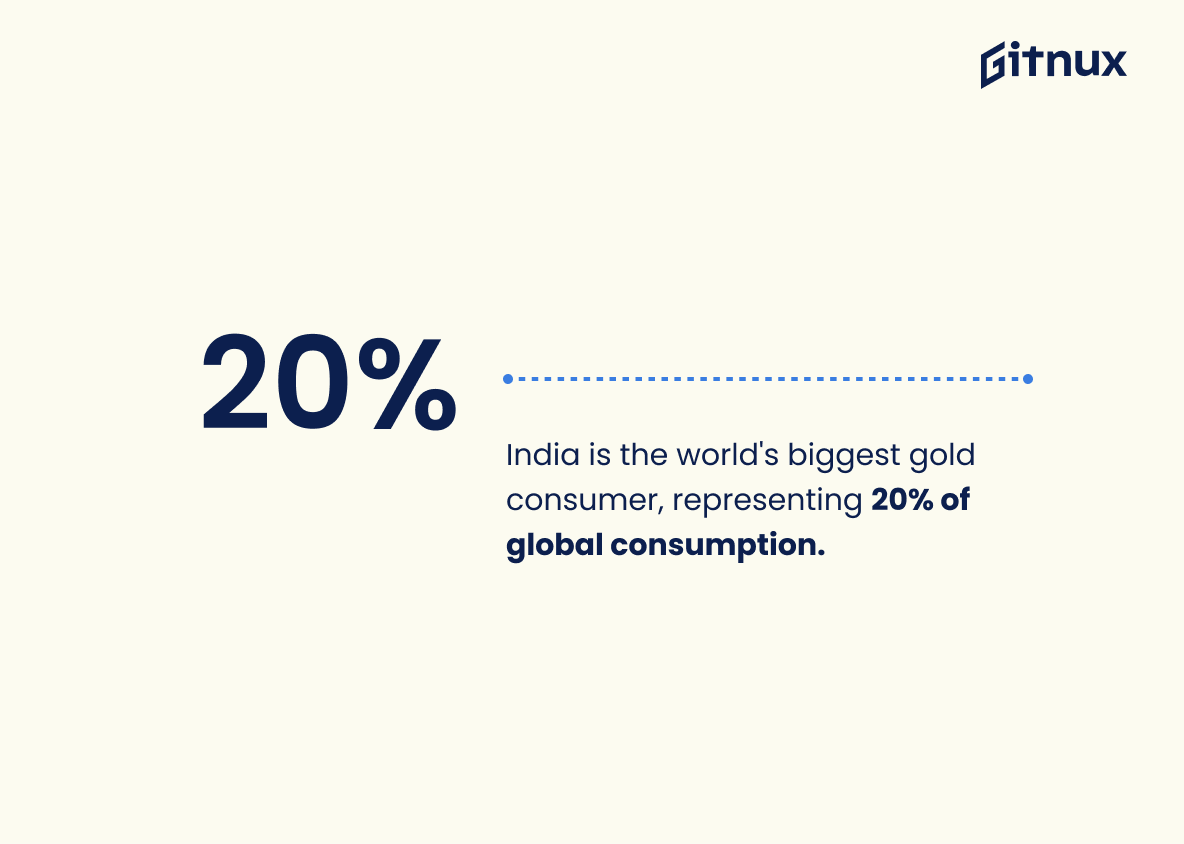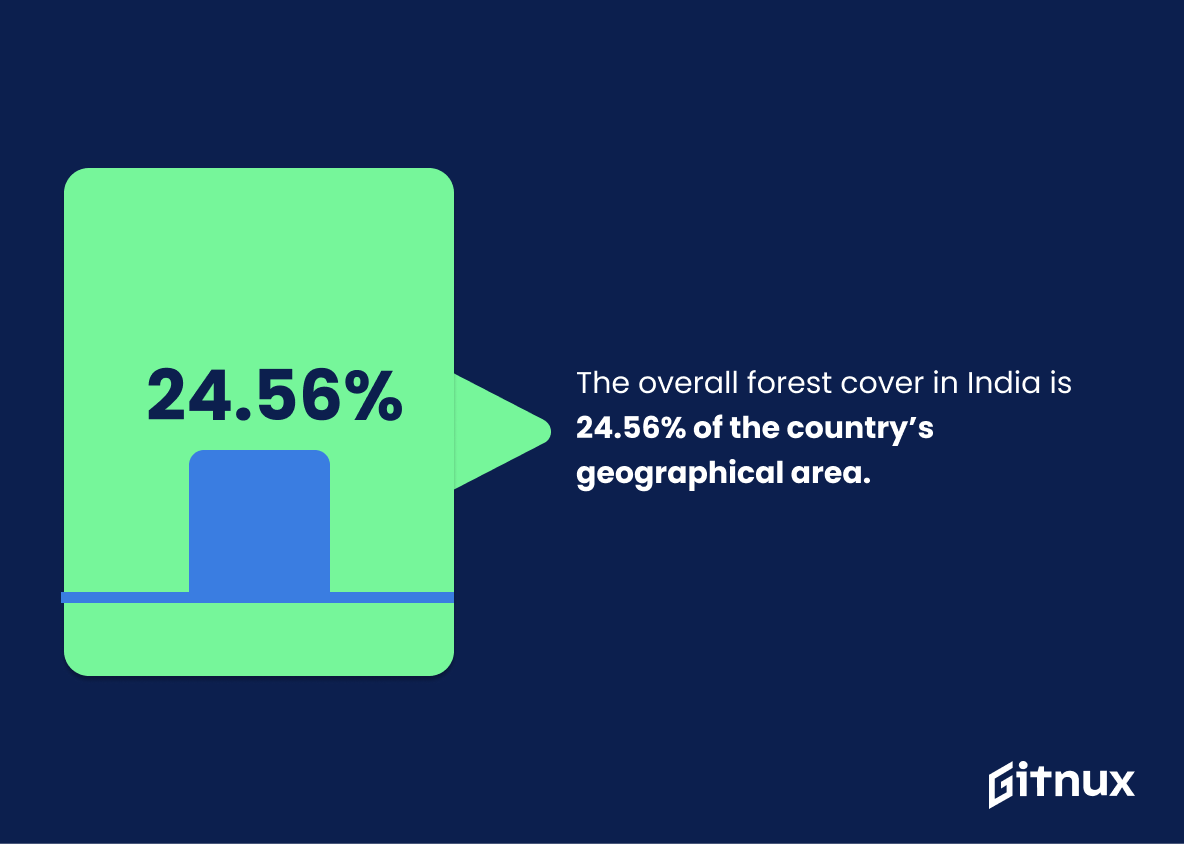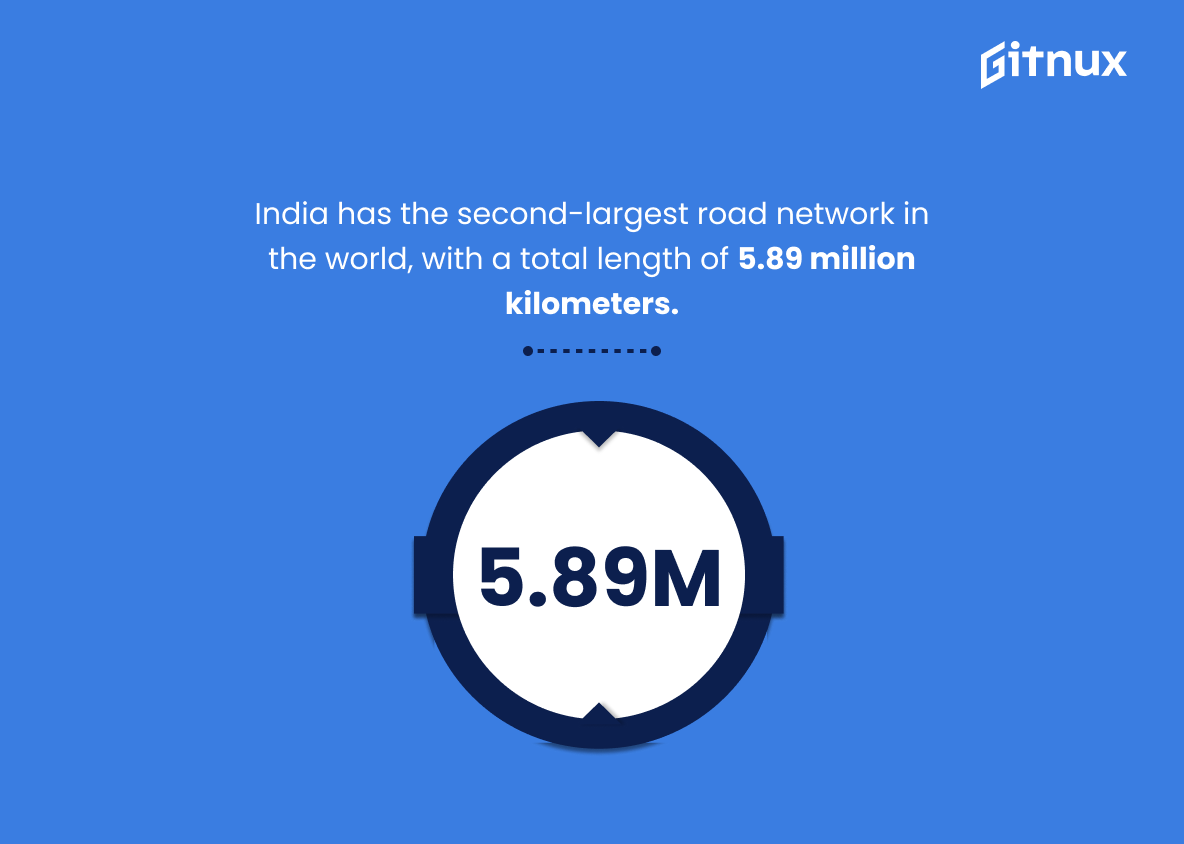India is a vast and diverse country with an incredible range of statistics. From its population size to its economic growth, India has made remarkable progress in recent years. This blog post will explore 20 key facts about India’s current state, from the number of billionaires it boasts to the amount of plastic waste produced annually. We’ll also look at literacy rates, poverty levels, renewable energy capacity and more – all backed up by reliable sources for further reading. So let’s dive into these fascinating figures.
This statistic is a testament to India’s immense population, highlighting the sheer size of the country and its people. It is an important factor to consider when discussing India’s statistics, as it can provide insight into the country’s economic and social standing. For example, the population size can be used to measure the country’s economic growth, as well as its ability to provide resources and services to its citizens. Additionally, it can be used to gauge the country’s social progress, such as its literacy rate and access to healthcare. All in all, this statistic is a key indicator of India’s current state and its potential for the future.
India’s GDP (PPP) is around $10.207 trillion (2021).
The statistic of India’s GDP (PPP) being around $10.207 trillion (2021) is a testament to the country’s economic growth and development. It is a reflection of the hard work and dedication of the Indian people, and the success of the government’s policies in creating a strong and vibrant economy. This statistic is a powerful indicator of India’s potential to become a major global player in the years to come.
India Statistics Overview
India has the 3rd largest military force in the world.
This statistic is a testament to India’s strength and power, highlighting its place as a major player in the global arena. It speaks to India’s ability to protect its citizens and its interests, as well as its capacity to project its influence in the international community. This statistic is a reminder of India’s importance in the world and its ability to stand up for itself and its allies.
The poverty rate in India is 37.3% (2021).
This statistic is a stark reminder of the immense poverty that plagues India. It serves as a reminder of the immense inequality that exists in the country, and the need for more equitable policies to be implemented in order to reduce poverty and improve the lives of those living in poverty. It is a call to action for those in positions of power to take steps to reduce poverty and create a more equitable society.
The Ganges River is the most polluted river in India, with approximately 1.1 billion liters of untreated sewage released into it daily.
This statistic is a stark reminder of the environmental crisis India is facing. With 1.1 billion liters of untreated sewage being released into the Ganges River daily, it is no wonder that India is struggling to maintain a healthy and sustainable environment. This statistic serves as a call to action for India to take steps to reduce the amount of pollution entering its rivers and to protect its citizens from the health risks associated with polluted water.
India has an annual consumption of 1.5 million tonnes of plastic waste (2015).
This statistic is a stark reminder of the immense environmental damage that India is facing due to its high consumption of plastic waste. It highlights the urgent need for India to take action to reduce its plastic waste consumption and to find more sustainable alternatives.
India’s life expectancy at birth increased from 56.6 years in 1990 to 70.8 years in 2019.
This statistic is a testament to the progress India has made in improving the quality of life for its citizens. It shows that the country has made significant strides in providing better healthcare and nutrition, which has resulted in a longer life expectancy for its people. This is an important indicator of the overall health of a nation and its citizens, and it is a positive sign for India’s future.
The percentage of Indian adults living with diabetes is 10.1% (2016).
This statistic is a stark reminder of the prevalence of diabetes in India, and serves as a call to action for the Indian population to take steps to reduce their risk of developing the disease. It is a reminder that diabetes is a serious health issue in India, and that it is important to take preventive measures to reduce the risk of developing the condition. This statistic is also a reminder of the need for increased access to healthcare and education about diabetes in India, so that individuals can make informed decisions about their health.
India is the largest producer of milk globally, producing around 208 million metric tons in 2020.
This statistic is a testament to India’s impressive agricultural prowess, highlighting the country’s ability to produce a staggering amount of milk in a single year. It is a testament to the hard work and dedication of Indian farmers, and serves as a reminder of the country’s immense potential in the agricultural sector. Furthermore, it is a reminder of the importance of the dairy industry in India, and the need to ensure that it is supported and sustained in the future.
India is the largest consumer of gold in the world, accounting for around 20% of global gold consumption.
This statistic is a testament to India’s immense appetite for gold, highlighting the country’s significant role in the global gold market. It is indicative of the country’s strong cultural and economic ties to the precious metal, and provides an interesting insight into the Indian economy. In a blog post about India Statistics, this statistic is an important reminder of the country’s influence in the gold market and its importance to the global economy.
The overall forest cover in India is 24.56% of the country’s geographical area.
This statistic is a telling indication of the state of India’s environment. It highlights the importance of preserving and protecting the country’s forests, which are essential for the health of the environment and the people who depend on it. It also serves as a reminder of the need to take action to reduce deforestation and promote reforestation in order to ensure a sustainable future for India.
India has the second-largest road network in the world, with a total length of 5.89 million kilometers.
This statistic is a testament to the sheer size and scope of India’s infrastructure. It speaks to the country’s commitment to providing its citizens with access to transportation and communication networks, and highlights the potential for further development and growth. It is a powerful reminder of the country’s potential and its ability to create a strong and vibrant economy.
India ranks 131 out of 189 countries on the Human Development Index (HDI), as of 2020.
This statistic is a stark reminder of the progress India has yet to make in terms of human development. It serves as a reminder that India still has a long way to go in terms of providing its citizens with basic necessities such as education, healthcare, and economic opportunities. This statistic is a call to action for India to continue to strive for greater human development and to ensure that all citizens have access to the resources they need to lead a healthy and prosperous life.
Conclusion
India is a country of immense diversity and potential. With its population of 1.366 billion people, India has the second-largest population in the world after China. Its GDP (PPP) stands at $10.207 trillion, making it one of the largest economies in terms of purchasing power parity globally. The literacy rate is 77.7%, with an estimated 504 billionaires living within its borders as well as having the third-largest military force worldwide; however, poverty remains a major issue with 37% still living below the poverty line according to World Bank estimates from 2020 onwards .
The Ganges River is considered to be one of India’s most polluted rivers due to untreated sewage being released into it daily while renewable energy capacity stands at 146 GW as per September 2021 figures and plastic waste consumption amounts up to 1 million tonnes annually since 2015 data was collected by Down To Earth magazine . Life expectancy for Indians increased significantly over time from 56 years in 1990s till 70 years today while diabetes affects 10 percent adults across all age groups according Indian WHO report published 2016 .
Agriculture plays an important role too – milk production reached 208 million metric tons last year which makes India number one producer on global scale , engineering colleges are numerous providing 745 thousand engineers each year and Bollywood produces more than 1500 films every annum thus becoming biggest film industry around globe . Transportation infrastructure consists out 589 thousands kilometers long railway network plus 610580 computer software professionals employed throughout nation ; forests cover 24 % land area meanwhile gold consumption accounts 20 % total amount used worldwide during 2020 period based on Hindu newspaper article findings . Finally Human Development Index places India 131st among 189 countries surveyed so far this decade proving that there’s still much room for improvement when it comes down social welfare standards implementation process overall..
References
0. – https://www.fsi.nic.in
1. – https://www.worldometers.info
2. – https://www.worldbank.org
3. – https://www.statista.com
4. – https://www.who.int
5. – https://www.thehindu.com
6. – https://www.downtoearth.org.in
7. – https://www.data.worldbank.org
8. – https://www.worldwildlife.org
9. – https://www.globalfirepower.com
10. – https://www.economictimes.indiatimes.com
11. – https://www.hdr.undp.org
